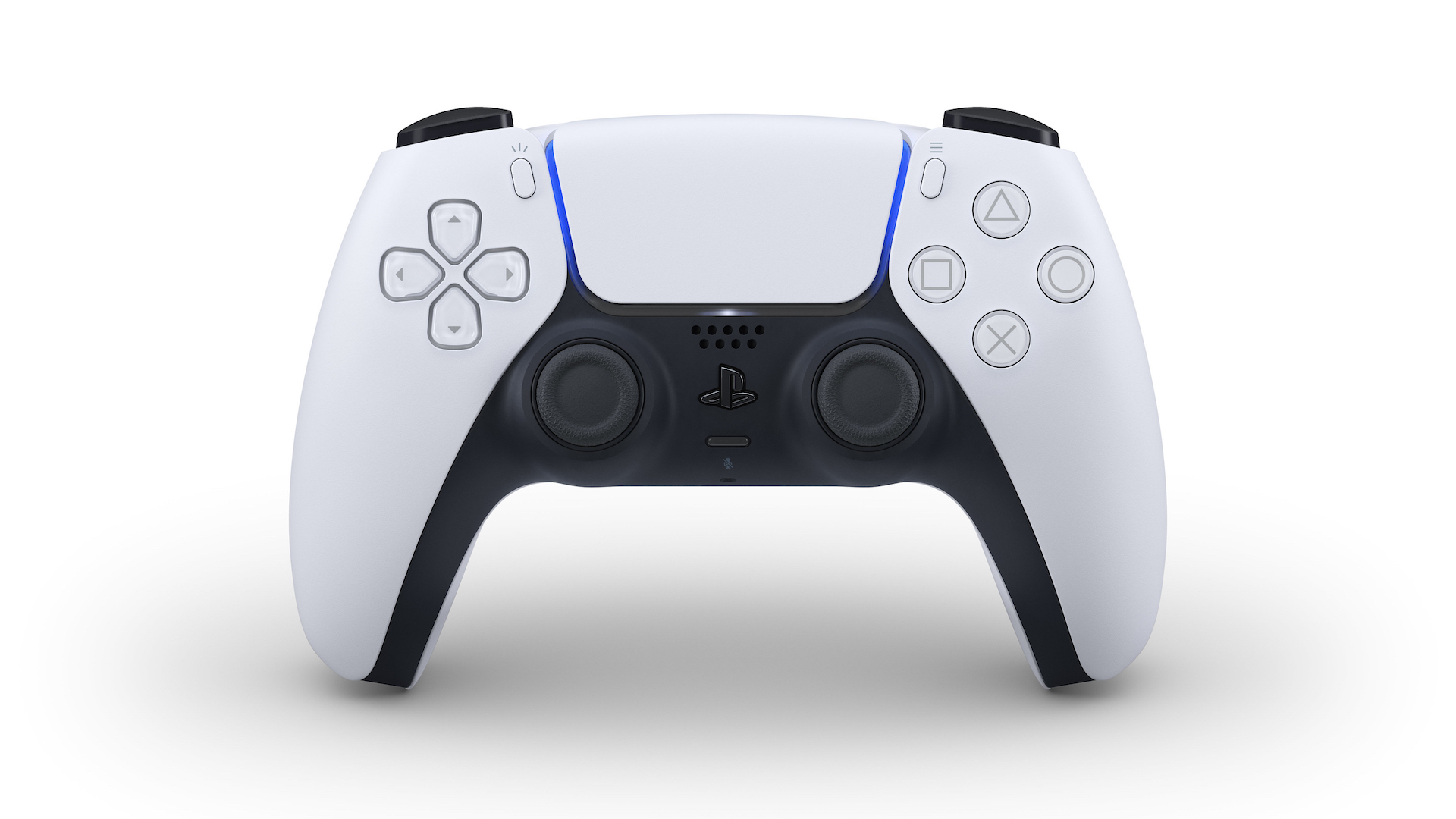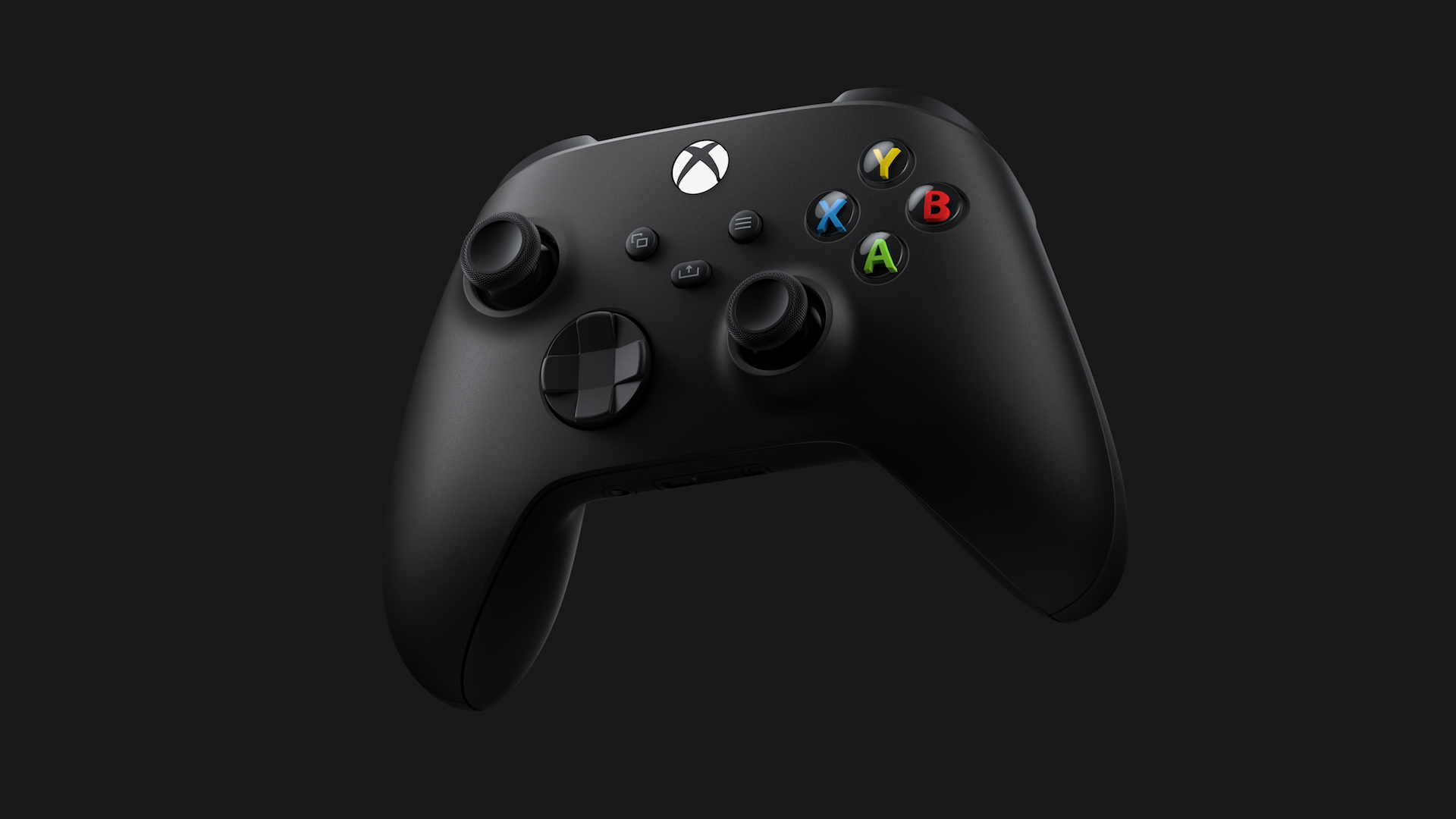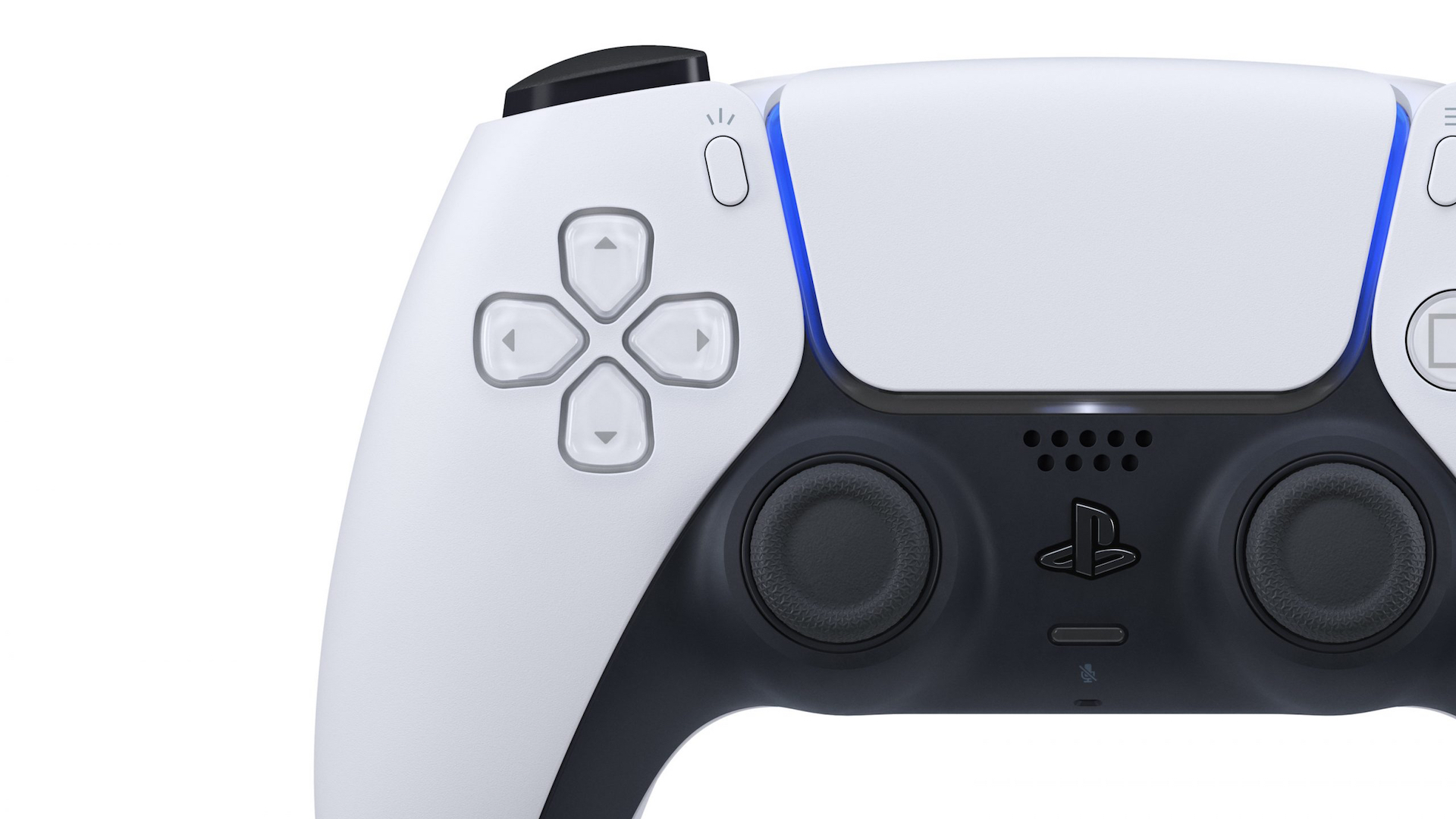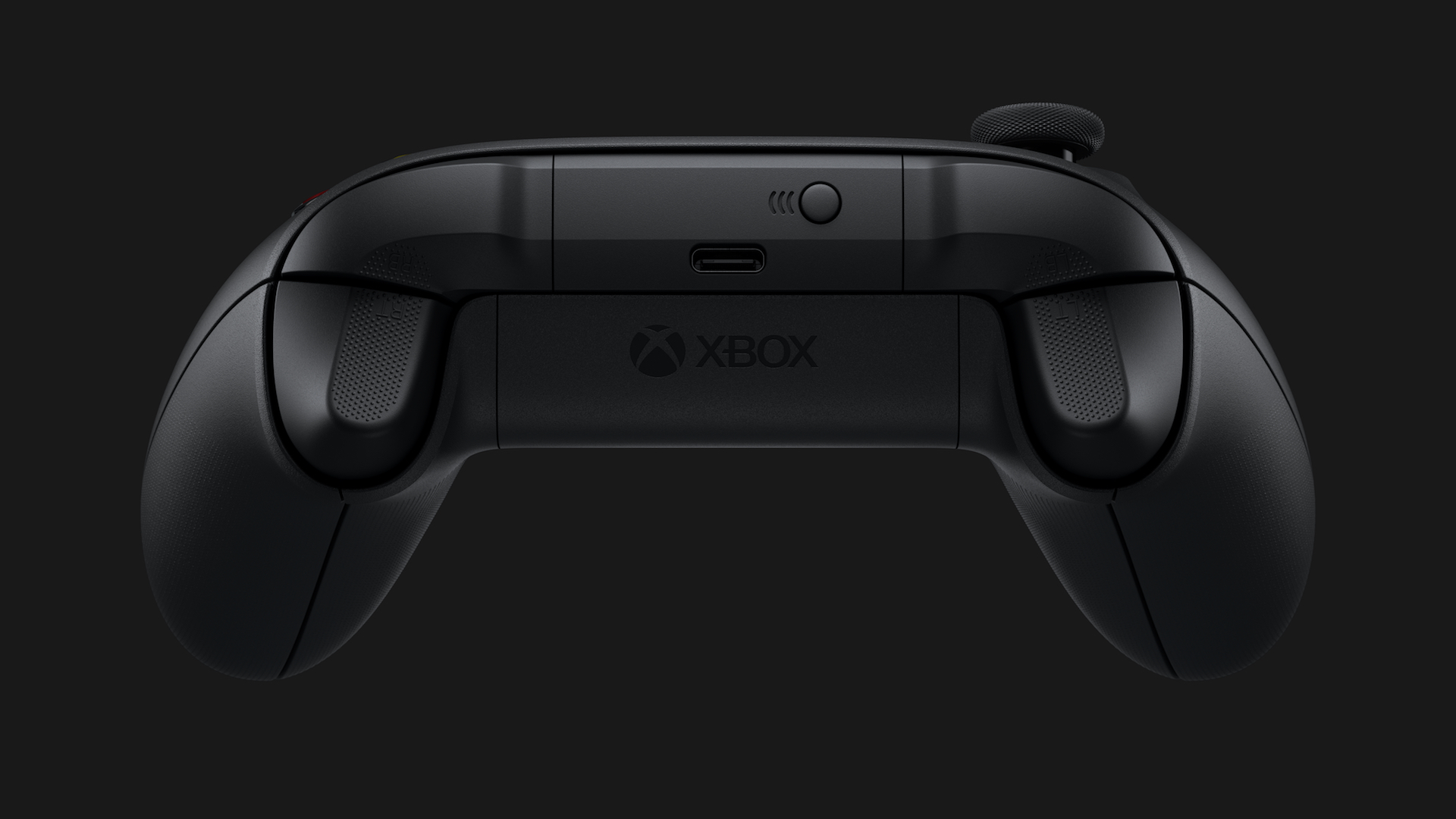
Sony recently revealed the DualSense, the PlayStation 5’s controller, and the reception to its design has been interesting, to say the least. But we’re here today to see how it stacks up to the Xbox Series X controller based on what we know about the aesthetics, features and ergonomics of both. Without further ado, let’s get into it, starting with the design.
There are no surprises here for the hardcore Xbox fan. The Xbox Series X controller takes many design cues from the Xbox One controller, with a dash of Elite Wireless Controller Series thrown in. From the placement of the “connect” button on top right down to the classic Xbox power button on the front, the design is meant to evoke familiarity. And that’s perfectly fine.
So it’s with some irony that Sony decided to throw familiarity – or much of it, anyway – out the window with its design for the DualSense. The DualShock 4 took a smoother, less angular approach but still captured the essentials of its predecessors. The DualSense goes all-in on the curves, from its handles to the sticks region.
Gone is the Lightbar at the top of the DualShock 4 – it’s now located on both sides of the touch-pad on the DualSense. Instead of one uniform shade, the DualSense employs a two-tone color design. The region around the sticks is black, as are the triggers and shoulder buttons. The rest of the controller is white. It’s bold and distinct, if nothing else.
Your mileage may vary on which controller looks better but the approach that both companies are taking is fascinating. Of course, those who dislike the two-tone design of the DualSense shouldn’t worry since alternate color schemes will crop up sooner or later.
In terms of features, both controllers feature headphone jacks and USB-C ports, the latter being used to connect to the consoles and for charging. They both have their own unique spin on sharing highlights with the Xbox Series X controller having a dedicated “Share” button situated just below the power button on the front. The DualSense has a “Create” button, which pioneers “new ways for players to create epic gameplay content to share with the world, or just to enjoy for themselves” as per Sony. We’ll have to wait for more details on quality and resolution for shared media on both consoles.
On to features: The Xbox Series X controller has a new hybrid D-pad akin to the Xbox Elite Controller Series 2; Dynamic Latency Input which promises reduced latency, or at least milliseconds less than the current 8ms standard, resulting in actions that are “even more instantaneous”; and support for previous Xbox One consoles, chat pads and headsets. Haptic feedback and rumble triggers are also included. One nifty new feature is that the Xbox Series X controller will “remember” the different devices it’s used with to allow for more seamless switching between platforms.
The DualSense will feature Haptic Feedback and Adaptive Triggers which work together to simulate different interactions. The latter is interesting because it influences how much “resistance” you feel when pressing the trigger and should result in more immersive gameplay (an example being the tension felt when drawing a bow to fire an arrow). Recently, Naughty Dog audio lead Robert Krekel talked about “very cool” opportunities for incorporating audio with Haptic Feedback, though examples weren’t provided.
There’s a rechargeable battery and while this was present in previous controllers, Sony has touted the battery life of the DualSense as being “strong.” A built-in mic has also been confirmed for impromptu chats. According to a patent that emerged before the controller’s reveal, the mic can filter out background noise and focus on the player’s voice. Which is great, but a dedicated headset has been recommended for longer conversations.
A note on the D-Pad – it still consists of four different arrow buttons, with what seems to be a dip in the middle akin to the DualShock 4. Again, how much you like the current DualShock 4’s D-Pad will determine whether this is comfortable. Concerning support with the PS4, Sony didn’t explicitly mention whether the DualSense would work with previous generation consoles. However, PlayStation France mentioned that the “DS5” (likely the code name for DualSense) would be compatible with the PS4 and PS4 Pro. The “DS5” mention was later removed so take it with a grain of salt for now.
Finally, we come to the ergonomics and feel of each controller. Sony has stated that the DualSense was tested with a “wide range of gamers with a variety of hand sizes”, and boasts great ergonomics. Though little was said about the finish and materials used, the angle of the triggers and their grip has been slightly changed. Sony also didn’t say much about the controller’s dimensions or weight (which, to be fair, Microsoft hasn’t either) but it’s focused on keeping the DualSense fairly light considering the new features and “strong” battery life.
As for the Xbox Series X controller, senior designer Ryan Whitaker says it was created to accommodate a wide range of hand sizes. To help players with smaller hands, the controller was designed keeping the average 8-year old’s hand size in mind. This, according to Whitaker, has improved “accessibility and comfort for hundreds of millions more people without negatively affecting the experience for those with larger hands.”
The bumpers are slightly more rounded, while the grips have been carefully sculpted. Parts in the triggers have been slightly reduced or rounded and you’ll notice a dot pattern on the triggers and bumpers for better gripping. A matte finish adorns both along with the D-Pad. Speaking of which, you’ll notice there’s a dip in the middle of the D-Pad to provide resting space for one’s thumb. It’s supposed to provide a “performance boost out of the box” but again, further tests are required.
Overall, it’s impossible to state which controller feels and performs better without extensive testing on similar styles of games. The full extent of their features has yet to be revealed and we still need hard numbers on dimensions, battery capacity, weight and so on. Microsoft is turning the premium into the standard with the Xbox Series X controller. Sony, on the other hand, is opting for a brand new aesthetic while incorporating several technologies new to the series. Both options are exciting and we can’t wait to see which comes out on top but it’s going to be a long wait.

















